IT automation describes the use of technology to streamline and automate repetitive manual operations to increase efficiency, reduce costs, and improve customer experience.
IT Automation: An Overview
IT automation uses technology and intelligent systems to modernize and optimize tasks, processes, and operations. Automation leverages scripting from emerging technologies such as artificial intelligence (AI), machine learning (ML), and robotic process automation (RPA).
Perform rule-based tasks with or without human intervention.
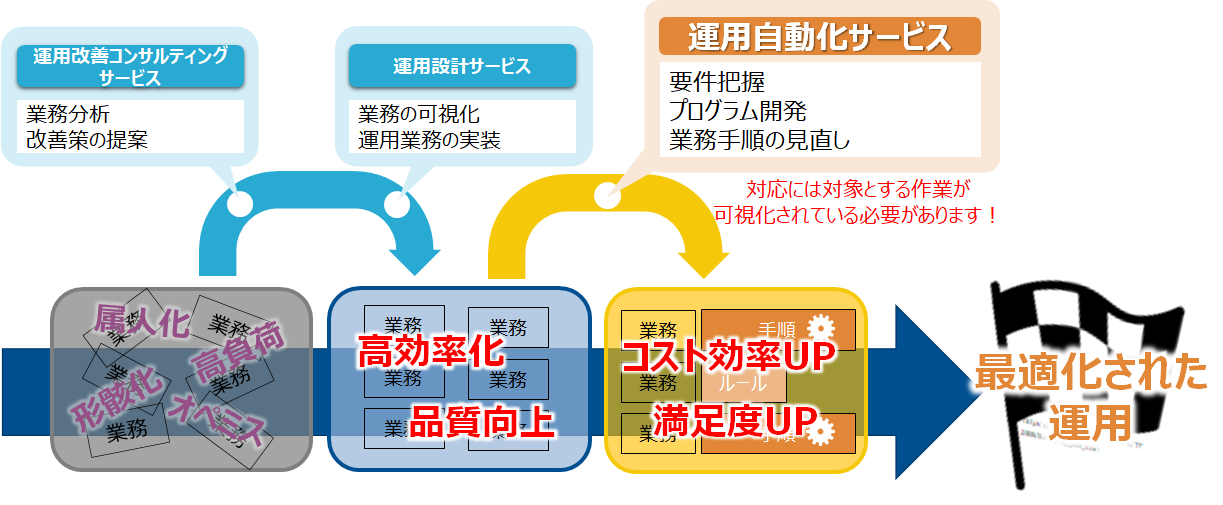
The main objective of IT automation is to automate activities that require maximum human effort to reduce errors, increase productivity, reduce costs, and improve customer experience.
Various industries such as healthcare, retail, manufacturing, and logistics are implementing automation to smooth out manual, repetitive tasks, enabling decision-making and identifying anomalies.
By automating manual tasks, your IT team can focus on valuable work such as innovation and strategic goals that add value to your organization.
With advances in technology, IT automation is no longer limited to on-premises systems. Still, the move to cloud-based services, containerization, and microservices has enabled businesses to effectively allocate resources and scale their operations.
This section describes IT automation tools and technologies that are gaining traction and increasing adoption in the market.
Emerging trends in IT automation
The field of IT automation is continually being shaped by new trends, including new technologies, practices, and approaches. These trends are being driven by advances in AI, NLP (natural language processing), ML, RPA, cloud computing, and other related fields.
According to Statista , the global automation industry is expected to reach a staggering US$265 billion in size.
Next, let’s take a look at some of these key emerging IT automation trends.
low code and no code
Low-code platforms help IT professionals, coders, and developers with low coding skills create customized applications. Conversely, no-code platforms allow business users to address specific development needs on their own without the need for coding knowledge.
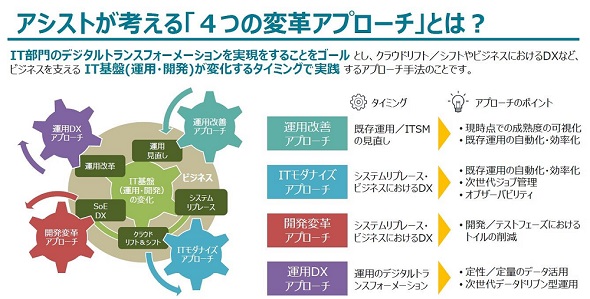
According to Statista , the global low-code market is expected to reach approximately $65 billion by 2027, given the ease and speed of application development with low-code and no-code platforms.
These platforms provide users with visual interfaces and ready-made components. These allow individuals to easily create workflows, automate tasks, and seamlessly integrate different systems without the need for extensive coding. The objective is to streamline operations and minimize effort.
Organizations and individuals lacking development skills but looking to keep up with modern automation and digital acceleration can leverage a platform that can help them stay competitive.
These platforms offer numerous benefits, including cost savings, time savings, and increased productivity. Examples of low-code and no-code platforms include Microsoft Power Apps and IBM Watson Orchestrate.
AI hyperautomation with NLP and ML
Hyperautomation, an emerging trend in automation, has been recognized by Gartner as one of the top technology trends. Unlike standard automation, hyperautomation combines advanced technologies such as AI, ML, RPA, and NLP.

These cutting-edge technologies power automated processes to effectively handle complex and unexpected tasks that typically require human intelligence and intervention.
Hyperautomation’s versatility applies to a variety of industries, including healthcare, supply chain management, banking, financial services (BFS), and retail. According to Grandviewresearch , the market size is expected to reach USD 118.66 billion in 2030 from USD 35.08 billion in 2022.
Hyperautomation processes significantly increase efficiency, productivity, and decision-making capabilities. Automating various processes, patterns, and workflows can significantly improve performance.
ML continually enhances the performance of hyperautomation, resulting in significant benefits in pattern recognition and trend prediction. Additionally, NLP enhances tasks such as understanding written text, understanding the nuances of language, and facilitating meaningful dialogue.
Hyperautomation solutions bring many benefits to various industries. These solutions improve effectiveness, accuracy, and customer satisfaction by simplifying processes and automating tasks. Additionally, it enables organizations to address business challenges and remain competitive in their respective fields.
cloud automation
Cloud automation involves using various methodologies and tools to optimize the management, deployment, and operation of cloud-based assets and services. It relies on software and scripts to automate tasks that were previously done manually by IT administrators.
The main goals of cloud automation are to improve efficiency, minimize human error, and quickly scale cloud resources based on emerging requirements.

Automating various aspects of your cloud environment includes a wide range of tasks such as allocating resources, setting up configurations, managing deployments, ensuring security and compliance, monitoring performance, and scaling resources.
Based on a verifiedmarketresearch report, the cloud automation market size is estimated to reach USD 4148.5 billion by 2030, from a market of USD 53 billion in 2021.
Tasks that can be automated include creating virtual machines, configuring storage, installing software, adjusting security measures, optimizing performance, deploying code, and monitoring applications.
Cloud automation can be achieved through out-of-the-box cloud management tools and infrastructure such as IaC and orchestration tools. However, before implementing an automation solution, it is important to evaluate your organization’s requirements and factors, such as the size of your cloud environment and the desired level of automation.
There are benefits to adopting cloud automation. Improve your organization’s agility by reducing time to market for products and services. Additionally, optimizing resource utilization can help reduce costs. Additionally, it provides scalability based on business needs.
Many top providers offer cloud automation solutions, including Amazon Web Services (AWS), Microsoft Azure, Google Cloud Platform (GCP), Terraform, Red Hat Ansible Automation Platform, and VMware vRealize Automation.
Modern orchestration platform
In today’s modern technology world, orchestration serves as a tool that allows organizations to streamline and oversee complex workflows. By choosing the type of orchestration, your company can increase efficiency, flexibility, and scalability.
Orchestration essentially involves coordinating and managing computer systems, applications, and services to achieve workflows and processes. These workflows automate various tasks such as data processing, application deployment, infrastructure provisioning, machine learning, and business process automation.
Organizations can leverage different orchestration types depending on their requirements. Examples of these types include cloud orchestration, application orchestration, workflow orchestration, service orchestration, and data orchestration.
Data pipeline orchestration
Managing complex data pipelines can be difficult because there are many tasks to process and errors can occur. Thankfully, data pipeline orchestration provides a solution that automates these tasks to ensure reliability and efficiency.
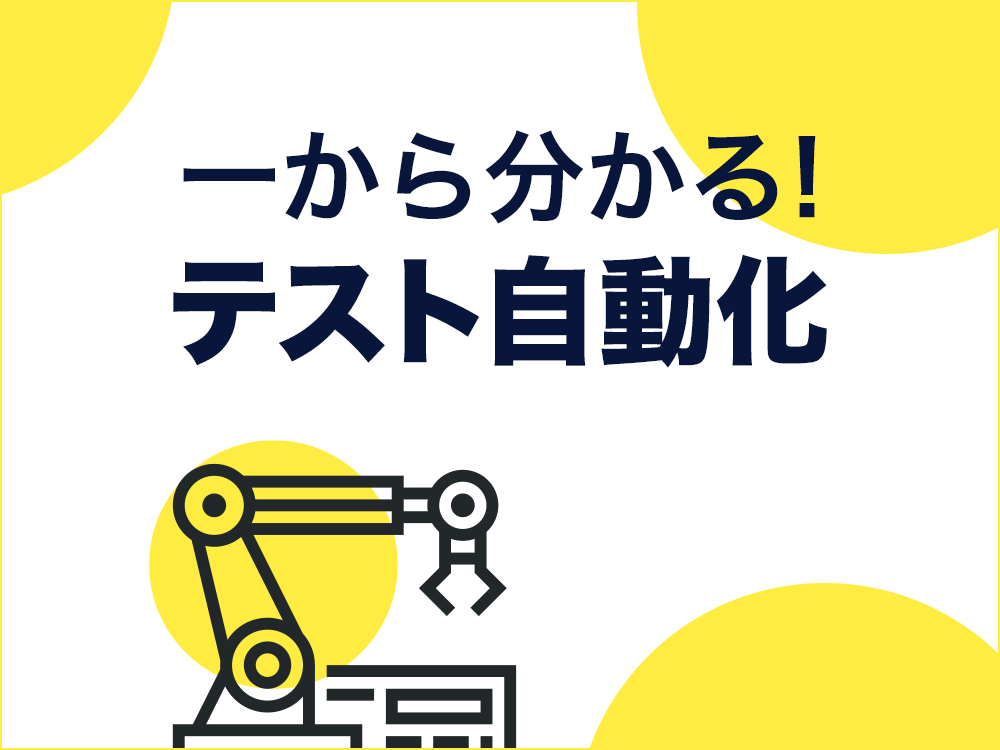
Data pipeline orchestration involves automating the execution and monitoring of data pipelines. This includes coordinating task dependencies, running tasks in the desired order, detecting and resolving errors, or generating alerts and logs. Without an orchestration system in place, maintaining data becomes extremely difficult.
Tools used for data pipeline orchestration include Airflow, Luigi, Apache NiFi, StreamSets, Google Cloud Dataflow, and Amazon Simple Workflow Service.
Overall, organizations can leverage data pipeline orchestration as a tool to increase transparency and visibility into their processes. This improves data governance and cost efficiency throughout the pipeline lifecycle.
Self-service automation (SSA) involves the use of technology and software solutions that enable users to perform tasks and access resources independently. By eliminating the need for human operators and IT support staff, users can streamline operations by handling routine tasks themselves. This empowerment reduces the need for manual intervention and promotes efficiency.
Self-service automation for IT operations teams
Self-service automation (SSA) involves the use of technology and software solutions that enable users to perform tasks and access resources independently. By eliminating the need for human operators and IT support staff, users can streamline operations by handling routine tasks themselves.
This empowerment reduces the need for manual intervention and promotes efficiency.

Self-service automation is being applied in various areas such as IT, customer service, human resources, and finance. ITSM, customer support, human resources, and finance departments rely on it to enhance user interactions.
Reducing direct involvement and manual intervention reduces costs, minimizes human error, and increases productivity.
Leading organizations offering self-service automation include Freshworks, Aisera, ServiceNow, and HelpScout.
innovative chatbot
Innovative chatbots are a step ahead of traditional chatbots as they are more advanced and interactive. These cutting-edge chatbots leverage AI technology to learn from user input and improve their responses. They have the ability to understand the language and answer questions.
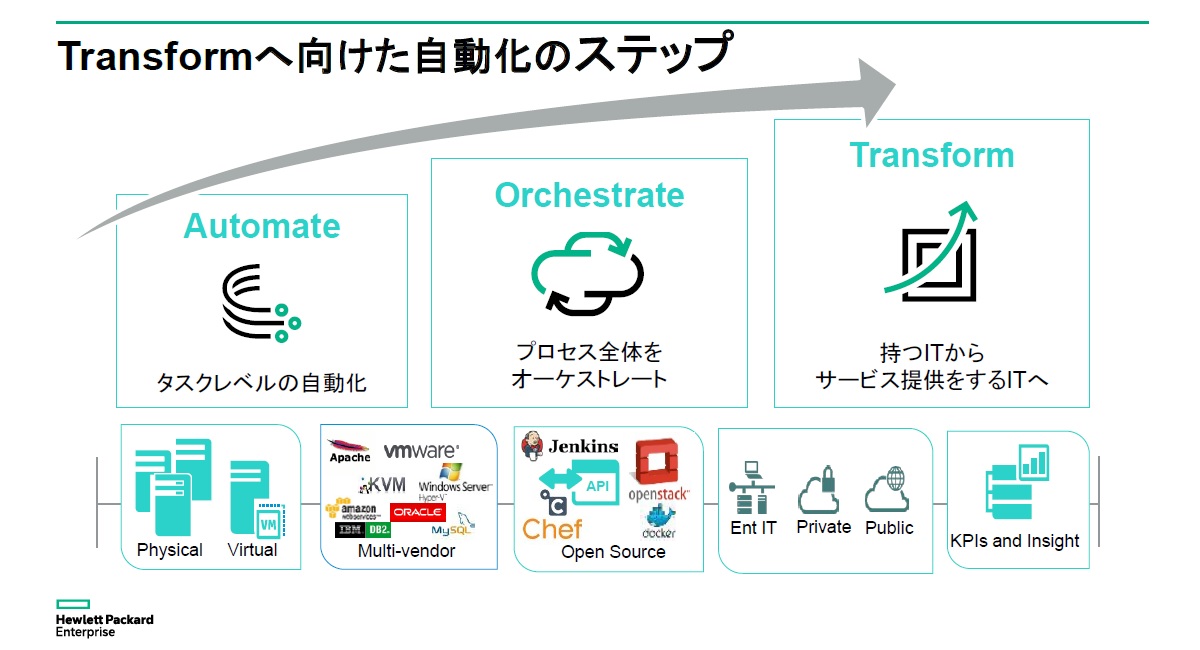
Chatbots have the potential to completely change customer interactions by providing 24-hour service, responding to inquiries, and driving sales. As AI evolves, chatbots are expected to increase in the future.
According to a report by precedenceresearch , the global chatbot market size is expected to reach approximately USD 4.9 billion by 2032, up from USD 840 million in 2022.
Known examples of commercially deployed chatbots include Amazon Alexa, Facebook Messenger Bots, Slack Bots, Google Dialogflow (a platform for chatbot development), and Amazon Lex (a chatbot developed by Amazon Web Services). There is.
Incorporating AI capabilities enhances the capabilities of these chatbots. Deliver intelligent experiences while effectively understanding languages and responding to complex queries. Moreover, you can also customize it according to your preference.
Recent examples of AI-powered chatbots include LaMDA developed by Google AI, ChatGPT developed by OpenAI, and Meta’s new AI model called Llama 2.
data security
We have seen and read about automation in various fields, but data security has not been left behind. Data security automation involves using technology to automate security tasks such as vulnerability scanning, incident response, patch management, update scheduling, user provisioning, and configuration management.
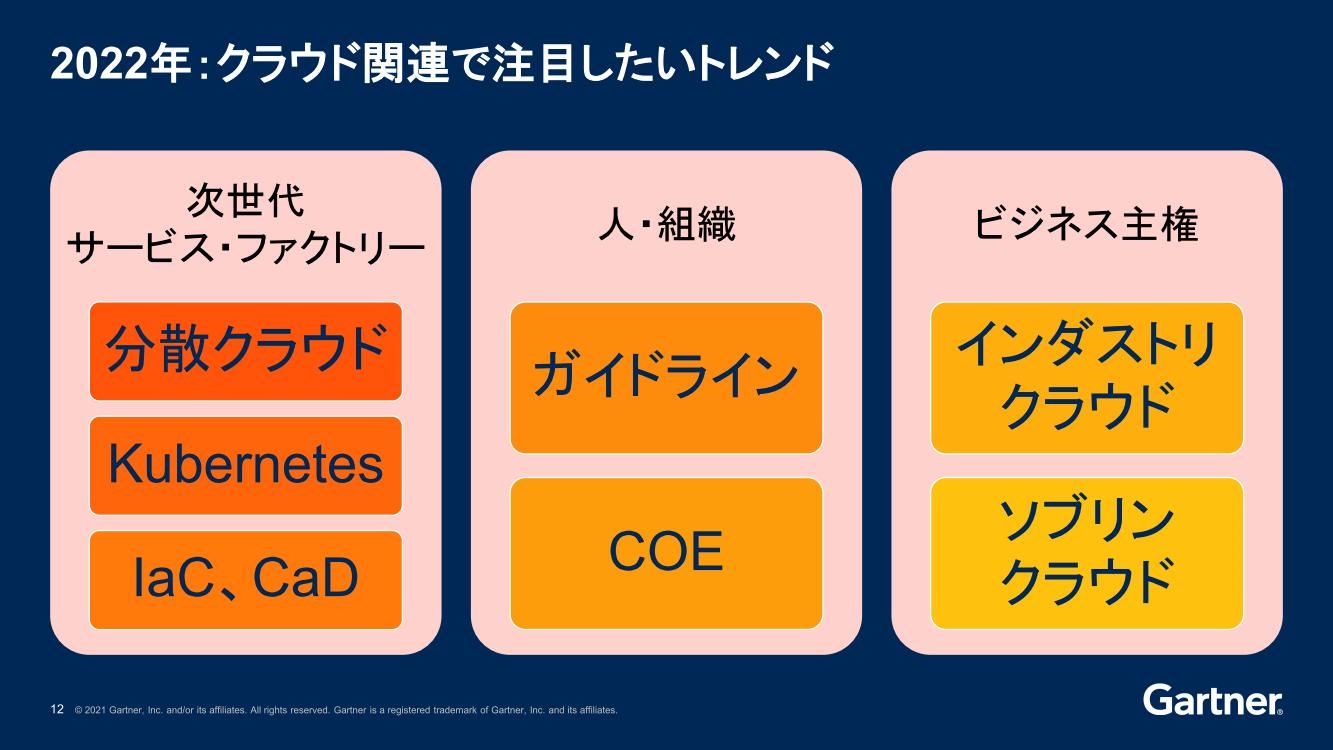
This type of automation is implemented by large enterprises to support the numerous security-related incidents and activities that occur on a daily basis.
Here are some benefits of data security automation:
- Reduce support ticket volume
- Improve the speed and efficiency of your security operations
- Frees your support team to focus on strategic responsibilities.
- Reduce manual errors
- Simplify compliance with security regulations
The top-level tools used to automate data security consist of SIEM (Security Information and Event Management), SOAR (Security Orchestration, Automation, and Response), and CMDB (Configuration Management Database).
Leading companies in this space include Cisco, Palo Alto Networks, Symantec, and IBM.
digital twin
A digital twin is a model of an object or system that mirrors its functionality through real-world data. This allows us to explore product improvements and solutions without testing. Data from sensors, devices, and interconnections is integrated to create a digital twin and updated in real-time to match current conditions and performance.
Digital twins are used in diverse fields such as manufacturing, healthcare, transportation, and energy. These offer benefits such as increased productivity, customized medical treatment, efficient transportation operations, and proactive energy maintenance.
The global digital twin market size is expected to grow at a staggering CAGR of 42.6% from 2023 to 2030, expanding the market size from USD 11.51 billion to USD 137.67 billion.
The integration of IoT, AI, and software analytics will improve the user experience for these twins.
Key benefits of twins include real-time monitoring of systems and processes, analysis to predict future trends and problems, and understanding complex systems and processes through simulation-based representations with remote control capabilities. Includes:
Some use cases: Digital twins are being employed in medical settings to simulate patients and plan surgeries. Energy digital twins enhance energy systems, and product digital twins evaluate product performance. A digital twin of a factory optimizes production schedules by identifying bottlenecks and improving energy utilization.
For more information, please see the Digital Twin Technology section.
Service Orchestration and Automation Platform (SOAP)
Service orchestration and automation platforms (SOAP) automate IT processes in hybrid environments. These platforms allow infrastructure and operations (I&O) leaders to easily implement business services by integrating workflow orchestration, workload automation, and resource provisioning.

A Gartner report predicts that approximately 80% of organizations currently using workload automation will likely adopt SOAP by the end of 2025. These SOAPs enable the orchestration of workloads across IT and business domains.
SOAP provides a central management console and orchestration engine to efficiently handle workloads, data pipelines, and application workflows. It goes beyond traditional workload automation to encompass data pipelines, cloud-native infrastructure, and application architecture.
Examples of how SOAP can be used include software companies automating the distribution of software releases to clients, financial services companies automating loan application processing, and healthcare organizations automating patient appointment scheduling.
Some of the top companies offering SOAP solutions are listed below.
- Amazon Web Services (AWS) step functions
- BMC TrueSight Orchestration
- OpenText operation orchestration
- ServiceNow Now Platform
- VMware Aria Automation
SOAP balances the DevOps toolchain, enhancing customer-focused agility, cost reduction, operational efficiency, and process standardization.
Collaborative robot (cobot)
Collaborative robots, called cobots, are intentionally designed to work alongside humans while prioritizing safety. Unlike regular robots, cobots are small, lightweight, and have features aimed at minimizing the risk of harm to humans. These features include force-limiting mechanisms, soft materials, and sensors.

Cobots can be used in a variety of applications across industries such as manufacturing, healthcare, and logistics. You can perform tasks such as assembly, welding, painting, and packaging. By automating these tasks traditionally performed by humans, cobots can help increase productivity levels, strengthen safety measures, improve quality control processes, and reduce costs.
Global research website Market and Market predicts that the cobot market size will rapidly increase from USD 1.2 billion in 2023 to USD 6.8 billion in 2029, at a staggering CAGR of 34.3%.
In the future, as artificial intelligence (AI) advances further, we can expect the emergence of advanced cobots. These next-generation cobots may have computer vision capabilities. Incorporate machine learning algorithms and robotic middleware. This integration allows you to perform a variety of tasks with increased safety and precision.
As a result, this transformation will reshape the business environment. The convergence of artificial intelligence (AI) and technology enhances the capabilities of cobots by integrating computer vision techniques, machine learning algorithms, and robotics middleware.
This integration allows cobots to implement collision avoidance strategies while learning skills through enhanced connectivity opportunities. As a result, the performance level of these systems is significantly increased.
Some of the leading companies in the field of collaborative robot development, construction, and solutions include Universal Robots, ABB, and Fanuc.
Robotic Process Automation (RPA)
Robotic process automation (RPA) is rapidly gaining traction in the automation field. It simplifies task management and automation, making it a true game-changer for businesses of all sizes. Because RPA operates based on predetermined rules, it increases efficiency, increases productivity, and significantly reduces costs.

RPA uses bots that mimic human behavior to automate tasks such as processes, workflows, data extraction, content creation, communication management, customer support, and data provisioning.
According to research , the RPA market is expected to grow significantly over the next decade. The market size in 2022 was $2,659 million and is expected to reach approximately $66,079 million by 2032, at a CAGR of approximately 37.9%.
Due to its amazing flexibility, it is widely adopted in various sectors such as IT, finance, healthcare, retail, and manufacturing. It is used to automate workflows and processes, streamline loan approvals, organize reservation schedules, fulfill orders, track production, and more. Additionally, RPA ensures compliance by increasing accuracy and reducing the chance of human error.
Well-known leaders in the RPA industry include Microsoft Power Automate, an amazing cloud-based RPA platform. IBM Robotic Process Automation. Automate the SAP build process. Uipath business automation platform etc.
last word
The automation examples above are just indicative of the growing trend in IT automation. The IT field is continually evolving with new technologies, and approaches to automation are shaping the landscape of various industries.
Businesses are eagerly adopting these trends to optimize their operations, increase productivity, and deliver a superior customer experience.
Next, check out popular robotic process automation (RPA) tools.




![How to set up a Raspberry Pi web server in 2021 [Guide]](https://i0.wp.com/pcmanabu.com/wp-content/uploads/2019/10/web-server-02-309x198.png?w=1200&resize=1200,0&ssl=1)












































